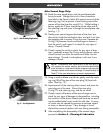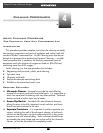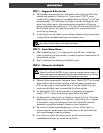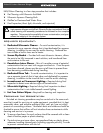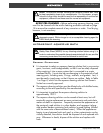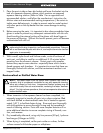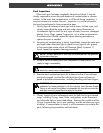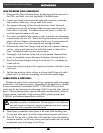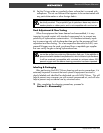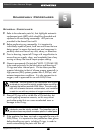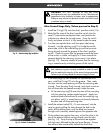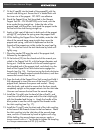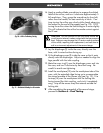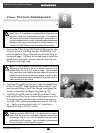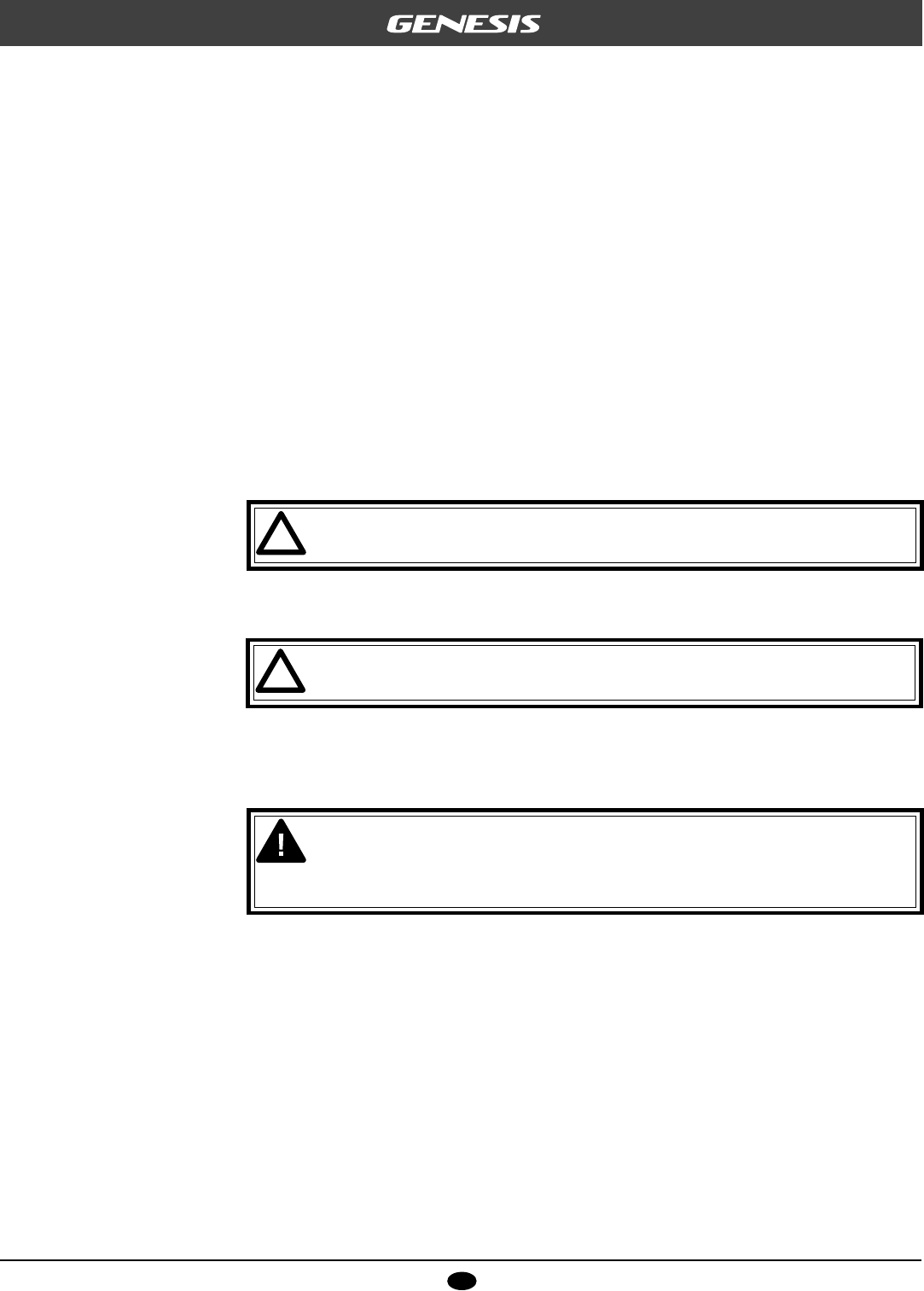
21
Copyright ©2001 Liberty Group
Service & Repair Manual
Final Inspection:
When each part has been completely cleaned and dried, it must be
closely inspected to ensure the total absence of contamination or cleaner
residue. In the event that contamination is still found during inspection, it
may be necessary to re-clean the part. Inspection is a critical procedure
that must be performed in three consecutive steps.
1. Gently wipe all surfaces of each part with a clean, lint-free wipe, and
closely inspect both the wipe and part under strong fluorescent or
incandescent light to check for any signs of scale, corrosion, damaged
plating, burrs, filings, grease, fingerprints, oil, or other contamination.
If contamination if found, repeat the above cleaning procedure or
replace the part as needed.
2. Assuming no contamination is found, immediately inspect the same part
and wipe under ultraviolet light to check for any signs of oils, grease,
or fine particulate matter which will fluoresce (glow) if present. If
found, repeat the aqueous cleaning procedure.
NOTE: Isolated particles of dust may be eliminated with low pressure,
hydrocarbon-free gas.
3. Wrap or cover all metal parts with cellophane or other plastic until
ready to begin reassembly.
NOTE: Before proceeding, clean fingertips of latex gloves with isopropyl
alcohol to remove any contamination.
4. Examine each replacement parts kit to determine that it has not been
previously opened, and that the individual parts have not been ex-
posed to possible contamination, including handling with bare fingers.
WARNING: Do not attempt to use individually ordered spare parts as a
substitute for those packaged in kit form directly from Genesis Scuba.
Doing so will render the product incompatible for use with enriched air,
and may seriously jeopardize the safety of the diver.
5. Closely inspect all new replacement parts for both the first and second
stage, including O-rings, seats, filters, and gaskets, under fluorescent
and ultraviolet light as prescribed above. Examine the condition of the
O-rings to ensure they are in new condition, and do not show any signs
of decay. If contamination is found, it will be necessary to re-clean the
parts, following the procedures outlined above.



